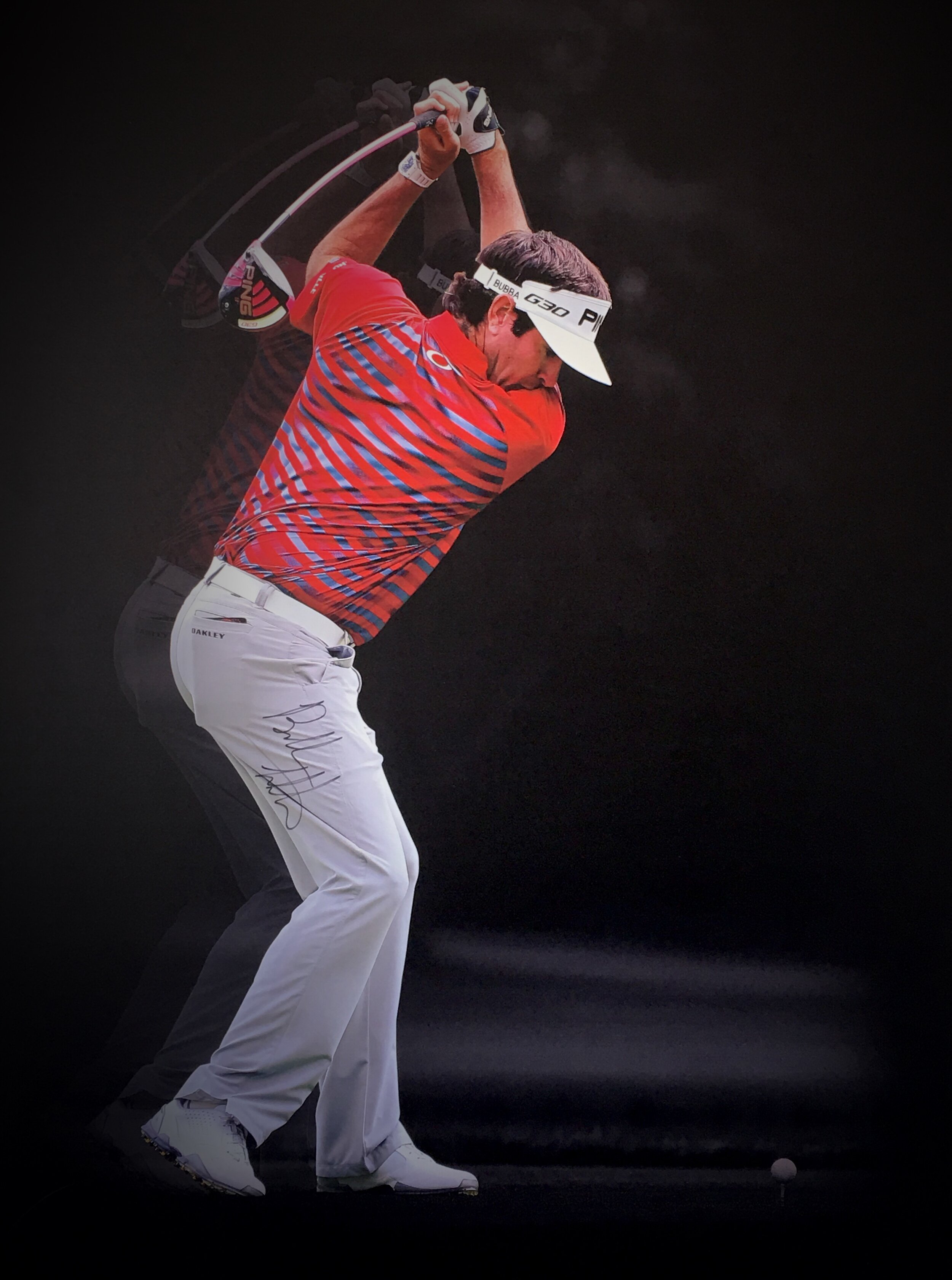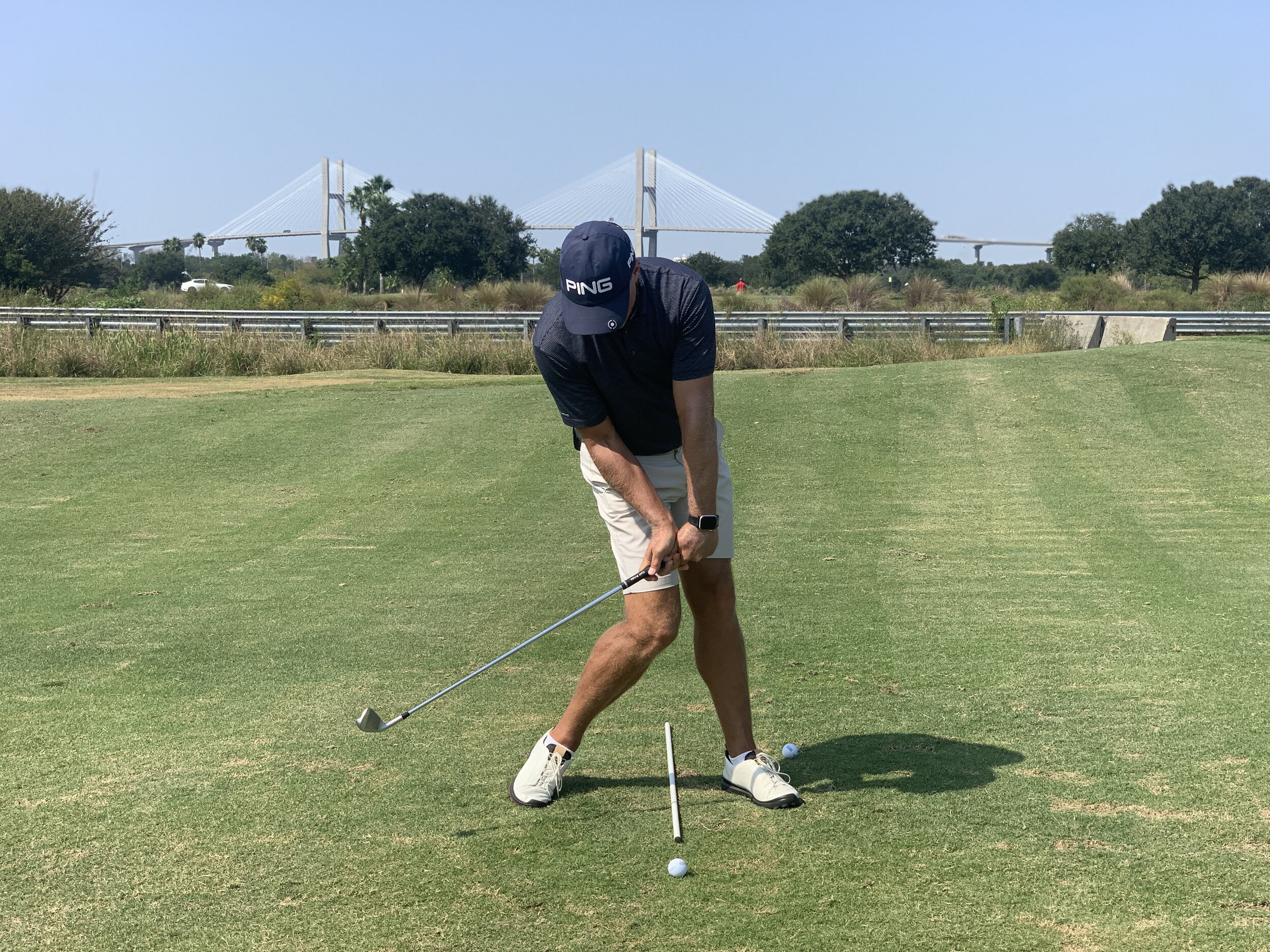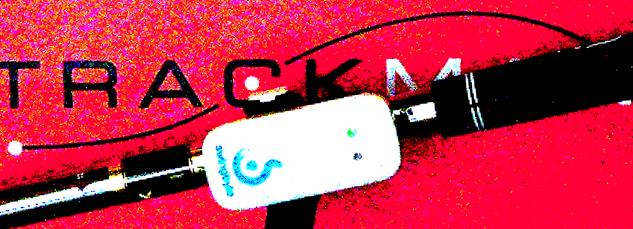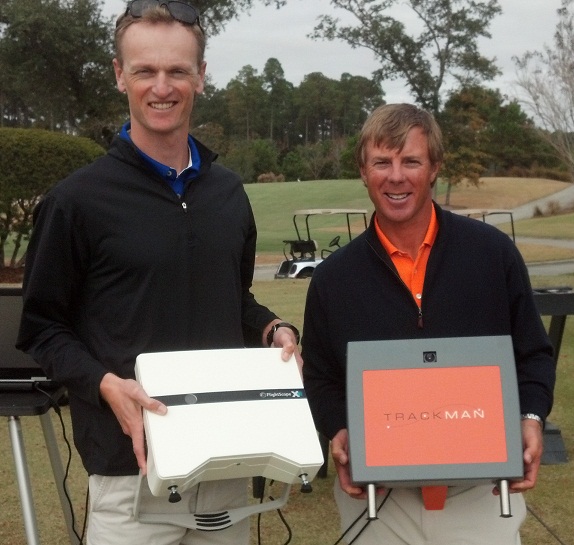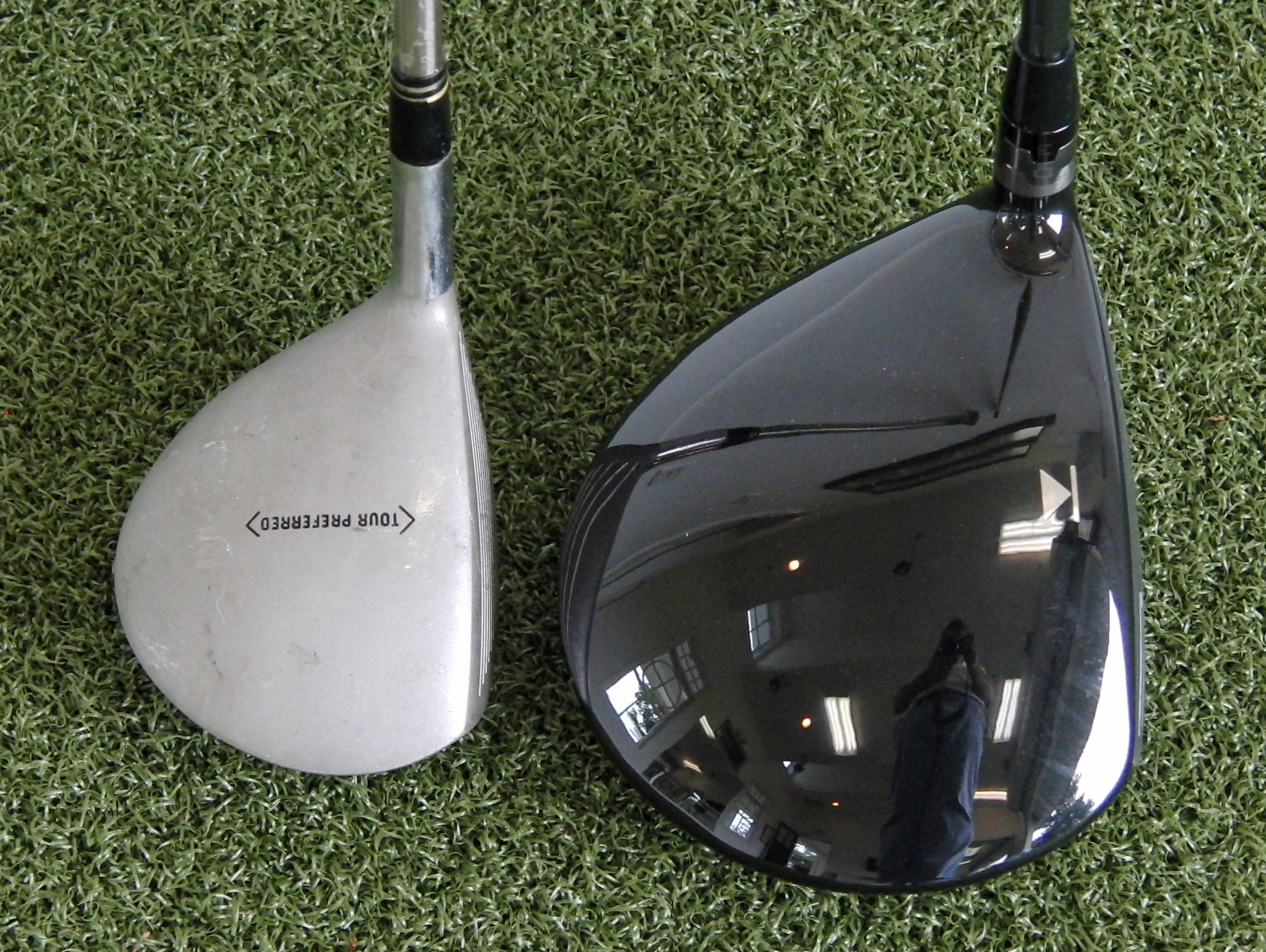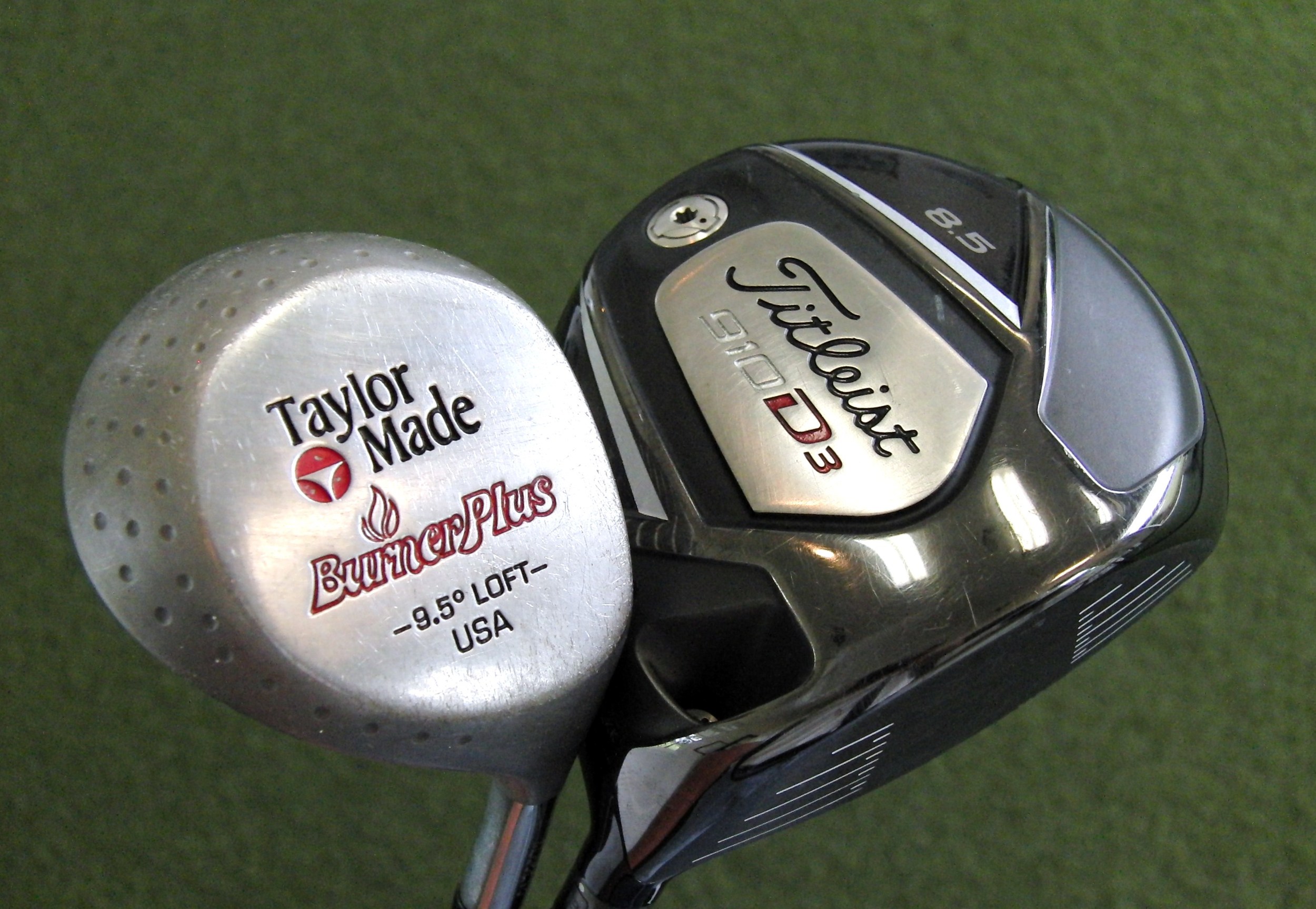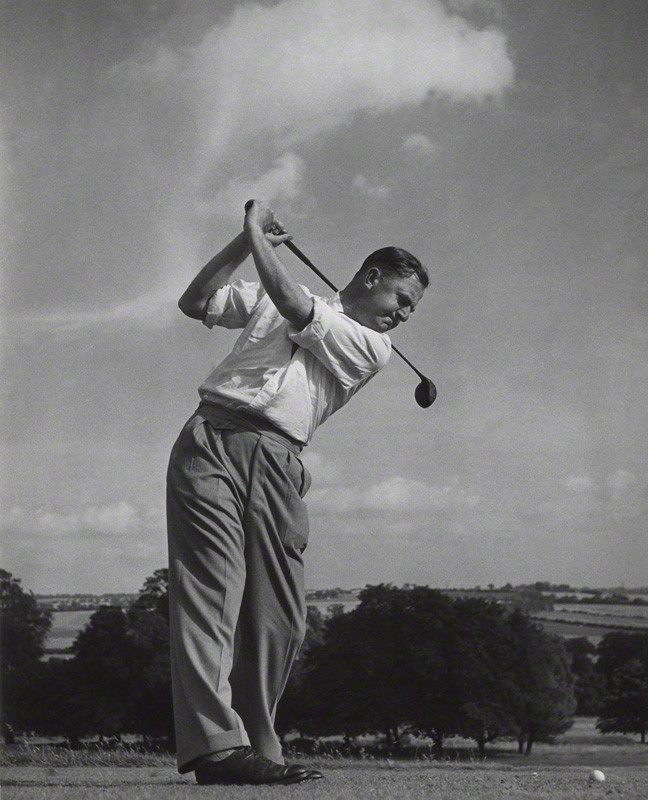 There has been a fair amount of banter online recently regarding various topics and I thought it would help both of us if I jotted down a few thoughts:
There has been a fair amount of banter online recently regarding various topics and I thought it would help both of us if I jotted down a few thoughts:
Hitting Draws
A functional draw is one that finishes at the target - something many of us strive for. In order to hit functional draws you need a clubpath that is traveling outward (in to out) and a clubface that is angled slightly closed relative to the clubpath, yet open to the target (assuming center contact).
It is possible to hit both functional draws, ones that finish at the target, and bad draws, ones that move away from the target, with a clubface that is open, square and closed to the target at impact. You can even hit good and bad draws with the appropriate clubpath, but I believe an outward moving clubpath is integral to hitting functional draws. And here's why...
I am yet to teach a golfer who fades the ball that consistently swings from in to out!
Clubpath is king and clubface is queen - I might get the desired shot shape with clubface, but I cannot get the desired result without clubpath. It is simply not possible to hit a functional draw with a clubpath that travels from out to in (assuming center contact). It is clearly not the only thing, but in my opinion it is the most important thing.
I am well aware there are many different ways to achieve this and whether as a coach or golfer you upgrade the clubface first or the clubpath first is entirely up to you. After all it's all about results no?
Smash Factor
Many golfers and TrackMan users are under the impression that smash factor indicates how well a ball was hit, or how centered the strike was - this is not necessarily the case. A high smash factor purely indicates high ball speed relative to club speed. Here is the simplified formula:

It is quite possible to have a smash factor with irons that is too high. Golfers who play from a closed face position and who tend to flight the ball low will often have a higher smash factor than golfers who flight the ball appropriately. This does not mean the low ball hitters are striking it better, it just means they are generating too much linear ball speed off of a particular club.
It is important for golfers to understand that ball type and condition, dynamic loft, clubhead mass, attack angle, CoR and of course quality of strike go into determining the smash factor for any given shot.
The objective with the driver should be 1.50 or higher, but with the shorter clubs a higher smash just might not necessarily better. Go for solid hits and ball flight over smash factor any day!
A Note to Golf Coaches:
I have made more than my fair share of mistakes in life. From these mistakes I have learned and improved as a coach and a person. One of the many valuable lessons I have learned from making mistakes is to never deride, belittle or insult another golf coach. It does nothing to enhance your image or reputation and you will never look better while attempting to make someone else look worse. Be wise when addressing other coaches and the methods they employ - you'll be better off for it.


